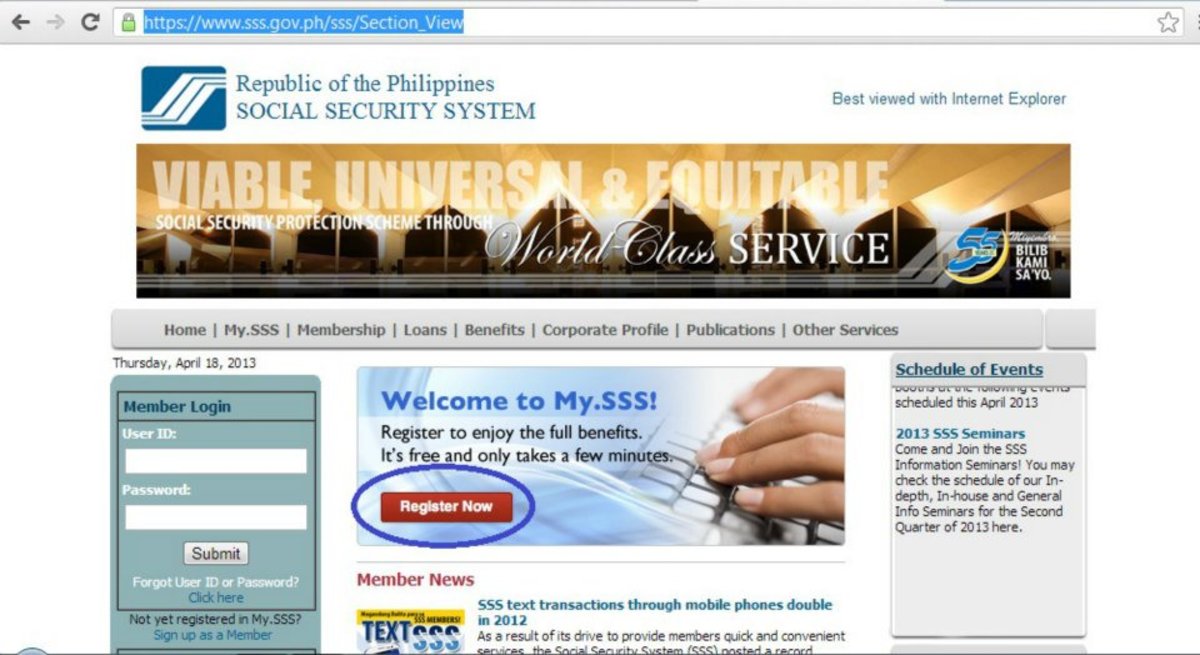How to Avoid Foreclosure
How to Avoid Foreclosure
Many homeowners mistakenly believe that once you reach the point of foreclosure, there is nothing you can do to stop it. On the contrary, there’s a lot you can do to avoid foreclosure -- even if your lender has already initiated the pre-foreclosure process. Don’t waste time getting started, though: the faster you act, the better your chances of avoiding foreclosure will be.
Don’t Ignore the Problem
By far the biggest mistake any homeowner facing foreclosure can make it ignoring their lender. Don’t put it off -- the faster you act, the better your chances of avoiding foreclosure. Start researching your options the moment you realize you might run into trouble. Open the notices and answer the telephone calls you receive from your lender. Be honest, and let your lender know you have run into financial trouble. Your lender may even offer some additional alternatives to foreclosure to you.
Negotiate with Your Lender
Believe it or not, your lender wants to avoid foreclosure as much as you do. Lenders lose money every time they foreclosure on one of their borrower’s homes, and then they are stuck with a property they cannot do anything with. Your lender will be more than happy to negotiate a new plan with you if it means they can avoid foreclosure, too. Give your lender a call and suggest the following options to get started:
Forbearance
Forbearance is an agreement between you and the lender to delay an impending foreclosure for as long as possible. In a forbearance agreement, your lender temporarily promises not to exercise its right to foreclosure on the property and allows you to either stop payment or submit reduced payments for a specified period time. The remaining payments are then added to the end of the loan or spread out over your current term, which either lengthens your repayment period or slightly increases your monthly mortgage payments when the forbearance agreement ends.
Reinstatement
A reinstatement is an arrangement between you and your lender that allows you to make up your delinquent payments by a specified date. A reinstatement is similar to forbearance, except the responsibility to catch up is on you -- and your lender does not waive any rights to foreclose in the event that you do not comply. You are still responsible for your regular mortgage payments on top of your reinstatement payments, but your lender can stretch your reinstatement payments to make them a little easier to manage.
Modification
A loan modification is like a mini-refinance, minus the hubbub. Your lender revises the terms of your current mortgage -- either by dropping the interest rate, extending the length of the loan or both --, which reduces your current monthly payments. If you’ve already missed a few payments, those are added to the total amount of your current loan balance, which is then recalculated to give you a new, lower payment. Modification also gives you an opportunity to ditch an adjustable rate in exchange for a fixed rate if you are currently saddled with an ARM.
Refinance Your Delinquent Mortgage
If your lender is unwilling to negotiate, or you flopped on your obligations under your lender’s new terms, the next step to avoid foreclosure is to refinance your current mortgage. Depending on the state of your loan, this could prove difficult; this is why the sooner you attempt it, the better your chances of securing a refinance loan will be. If you are able to secure refinancing, the new refinance mortgage will pay off your current mortgage in full, essentially bringing you back to a current status. You will cease making your monthly mortgage payment to your original creditor, and instead pay the lender who refinanced your mortgage. This is a great way to not only avoid foreclosure, but to secure better financing terms if your first mortgage wasn’t so favorable.
If your lender is unwilling to refinance your current mortgage for you, start researching and consulting other lenders. Avoid sub-prime mortgages at all cost, unless this is your absolute last option to avoid foreclosure -- a sub-prime mortgage can get you into even more trouble in the long run. Look specifically for a fixed-rate term and, if possible, a lower interest rate; both will help reduce your monthly mortgage payments.
Sell Your House
If you’d rather buy a new, more affordable home, you can sell your house to avoid foreclosure. The catch here is that you need to be on top of your mortgage for this to work out in your favor -- otherwise, you could end up taking a huge loss on the sale. If you are currently “right-side up” -- that is, your house is worth more than the amount you still owe on the mortgage -- then you are a prime candidate to sell. If you are “upside down,” however, your house is actually worth less than the total amount you owe, and you stand to lose a significant chunk of change.
If you are upside down, you can instead try for something called a deed-in-lieu of foreclosure. This is the process of deeding the property back to your lender, who lets you off the hook for the loan in exchange. You won’t make any money from a deed-in-lieu, but you will be excused from all future liability for the loan. Talk to your lender to learn more about how the process works.








